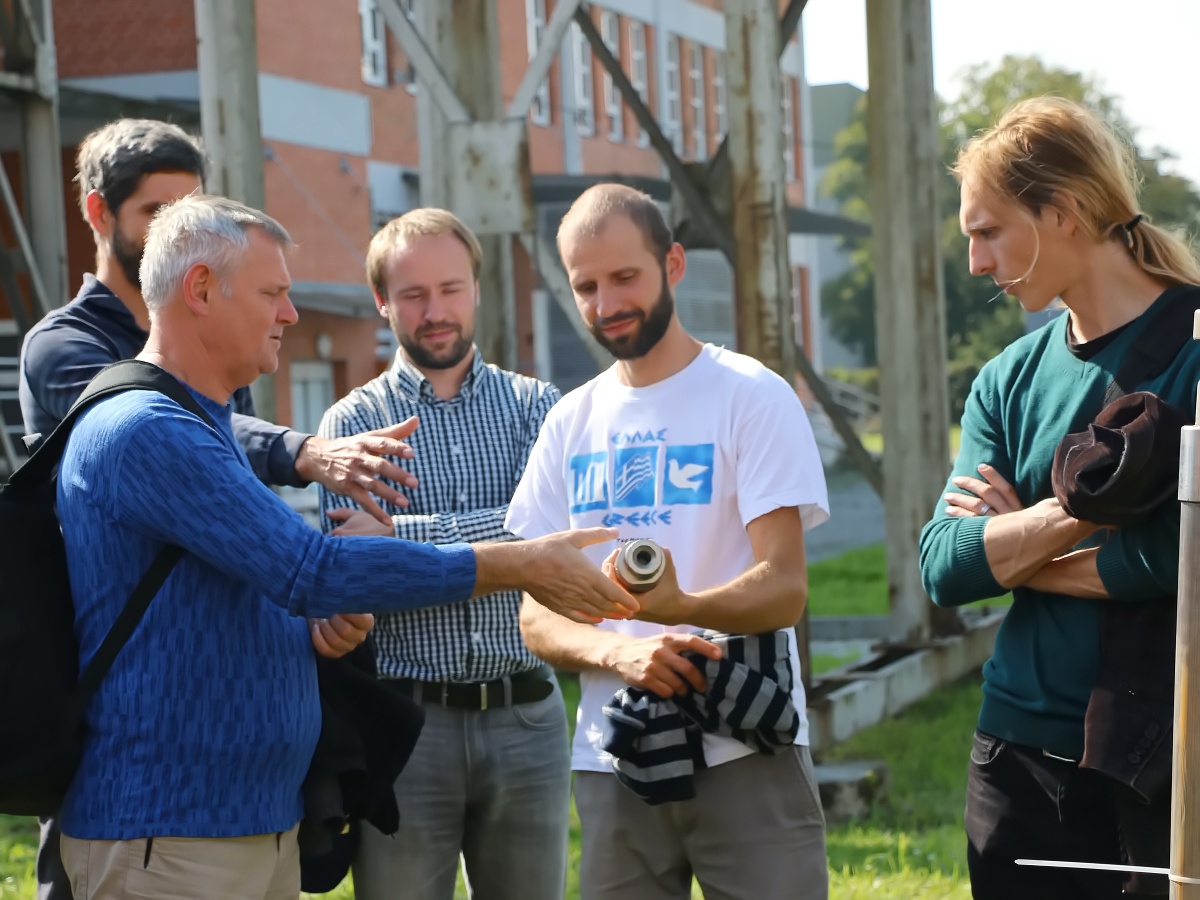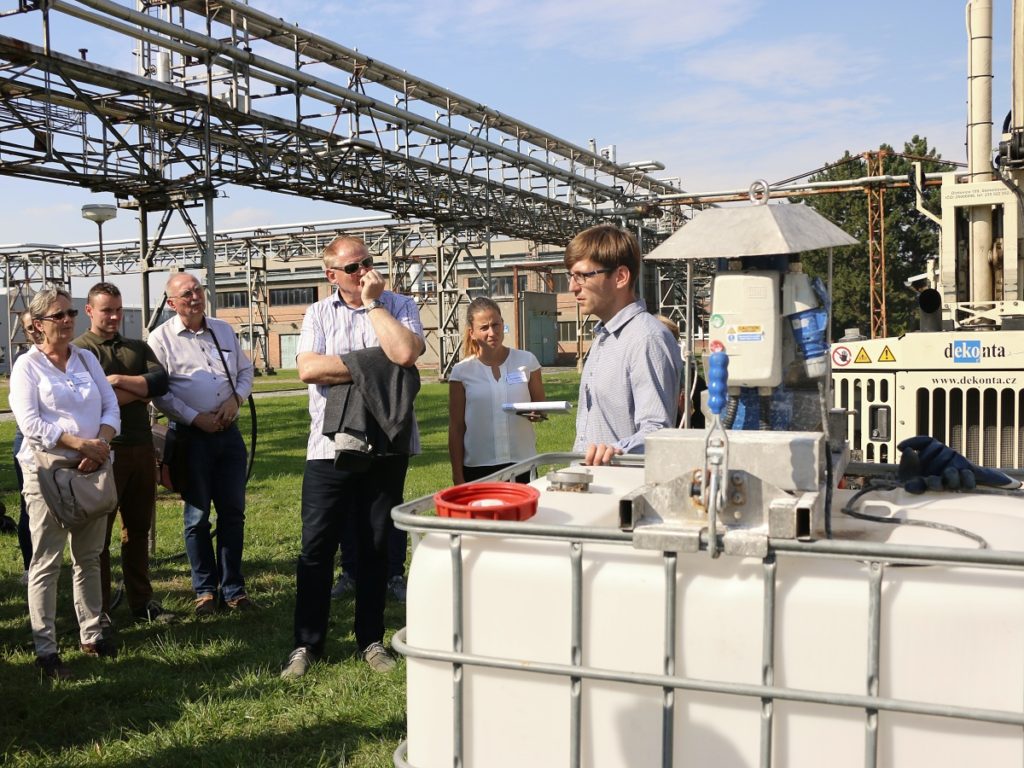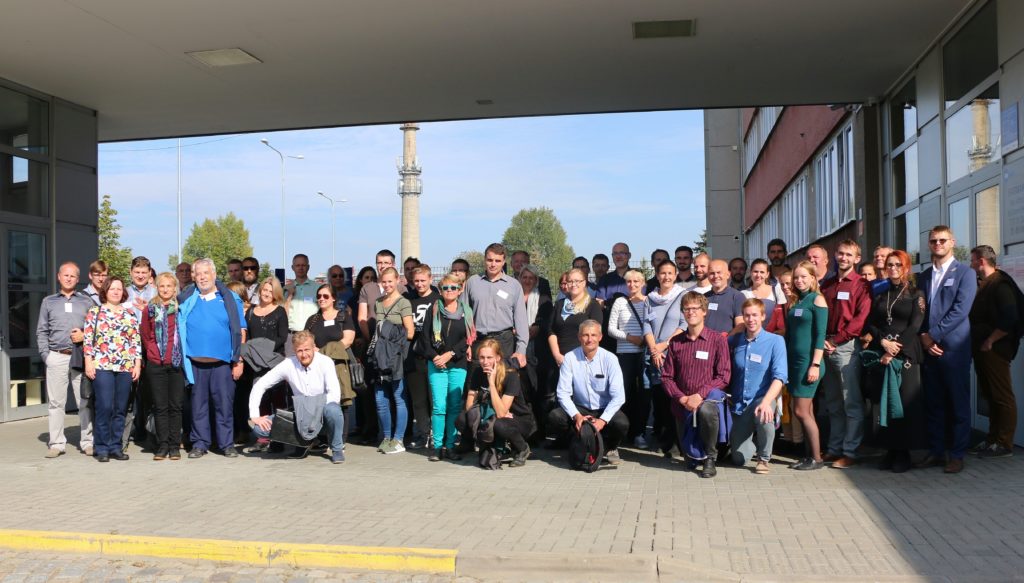NANOBIOWAT has started to review its research activities
Since the research grant entitled NANOBIOWAT, funded by the Technology Agency of the Czech Republic—TAČR, is finishing after eight years of its existence, its chief representatives presented the major project results to industrial partners, different authorities engaged in water and soil remediation, students, etc. Latest trends in environmentally friendly nano- and biotechnologies were introduced through a series of lectures as well as on situ demonstration.
Among the approximately 80 participants, there were representatives of the partner institutions, the Technology Agency TAČR, the Ministry of the Environment of the Czech Republic, the Czech Environmental Inspectorate, the Administration Office of the Morava River Basin, and other government bodies. “It is the representatives of these institutions who decide about any groundwater and soil remediation. Therefore, we found it vital to familiarize them with nano- and biotechnologies, or their combinations. At the same time, the practical demonstrations were part of the opposition procedure that the project was going to undergo anyway,” said Jan Filip, the scientific coordinator of the project from RCPTM.

First, the participants became theoretically introduced to the issue of iron nanoparticles and their use in water treatment technologies. They learned from the scientists, among other things, how these particles migrate in the environment, what pollutants they can remove from groundwater or soil, and how the environment can cope with their presence. On a remediated site at Farmak, where some of the technologies have been tested in the past, high-tech equipment for iron nanoparticle preparation was presented along with a drilling kit, injection equipment, and methods for monitoring the targeted sites.
Tomas Cajthaml, another leading representative of the project from the Institute of Microbiology of the CAS, also finds such a presentation beneficial. “We demonstrated how the technologies we’d developed worked, and we did not fail to point out the potential pitfalls,” said Cajthaml, who was very positive about the project results in general. “This project is unparalleled, and absolutely fantastic, I believe. It’s brought together people from different areas; such interdisciplinarity was unprecedented. Rival companies sat down at the table, tackling the same problems and sharing their experience. The consortium partners implemented new methods, whether they were nano- or biotechnologies or their combinations. They saw it work, and, therefore, they were willing to overcome traditional stereotypes,” he added.

Since 2012, three academic partners in collaboration with the largest domestic remediation companies have developed within the Competence Centre new eco-friendly technologies that are capable of removing organic, inorganic, and microbial pollution from contaminated waters and soils.
“The collaboration was set up very well. The proportion of universities to industrial partners has been balanced, and we have always managed to reach an agreement. The project has produced a number of specific results, patents, dozens of proven technologies and, of course, a number of publications,” said Petra Najmanová, head of the Research and Development at Dekonta.
“I regard this project as one of the best I’ve encountered in my professional career. Such fruitful collaboration between academics and industrial partners is not common. The project has lasted for eight years, which is amazing and goes beyond the average duration of project grants. All partners had room to get to know each other well and do a lot of work. I hope they’ll find a way to continue,” concluded Ladislav Lehký, a TAČR consultant.



